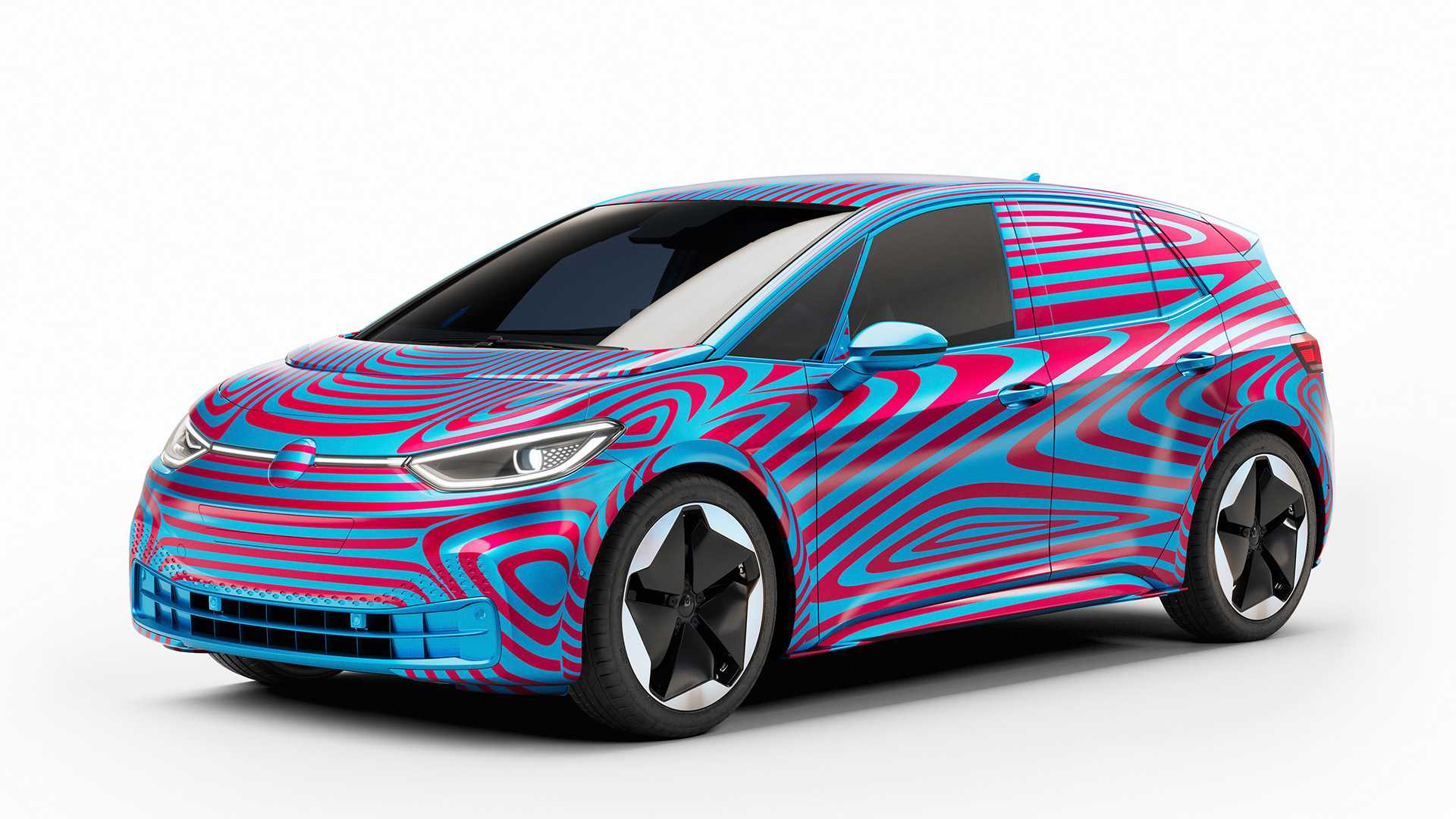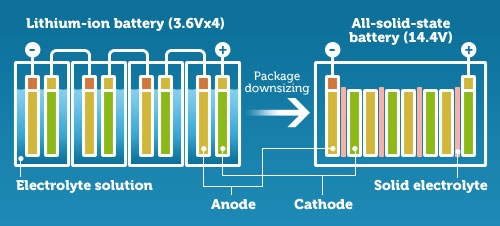Manufacturers who are first to offer 200-mile BEVs at the same price as ICE will win in a big way. Electric cars are usually more expensive than internal combustion counterparts, which is one of the main roadblocks to wider adoption. As the operating costs, especially electricity costs compared to fuel costs, are often a few… Continue reading VW: Tipping Point For Electric Cars Is Price Parity With Gas Cars
Tag: Electric vehicles
Tesla owner lawsuit claims software update fraudulently cut battery capacity
SAN FRANCISCO (Reuters) – A Tesla Inc owner has filed a lawsuit against the electric vehicle maker, claiming the company limited the battery range of older vehicles via a software update to avoid a costly recall to fix what plaintiffs allege are defective batteries. FILE PHOTO: Tesla Model S drives during electric car E-Rallye Baltica… Continue reading Tesla owner lawsuit claims software update fraudulently cut battery capacity
Tesla and convenience store chain Wawa are expanding to over 30 Supercharger stations
Tesla has been partnering with specific companies in its Supercharger network expansion, and convenience store and fuel-station chain Wawa has been one of its biggest partners in the US. Now Wawa says that they are doubling their locations with Tesla Superchargers to over 30 stores. Tesla already has Supercharger stations at 16 Wawa stores on… Continue reading Tesla and convenience store chain Wawa are expanding to over 30 Supercharger stations
InstaVolt installs 400th rapid charger in the UK
InstaVolt has begun construction of its 400th rapid charger, making it the UK’s largest owner-operated network of rapid chargers in the UK. It expects to have 600 rapid chargers in service by next spring. InstaVolt installs its chargers at no cost to the location owners, and takes care of the entire process, from planning to… Continue reading InstaVolt installs 400th rapid charger in the UK
GM Doesn’t Want To Spend On Charging Infrastructure, Seeks Investors
The automaker would rather spend its money building more EVs. Some EV fans — specifically those who prefer Tesla — believe that automakers should be working to help build out EV charging infrastructure. This is because Tesla has proven the incredible worth of its Supercharger and destination charger networks. However, just because Tesla is doing it doesn’t… Continue reading GM Doesn’t Want To Spend On Charging Infrastructure, Seeks Investors
Tesla hiking prices for “Full Self-Driving” by $1,000 for some owners.
Tesla announced in an email to owners on Wednesday that it will boost the price of its “Full Self-Driving Capability” suite of driver-assistance features starting Aug. 16. The increase applies over-the-air upgrades for existing Tesla owners who already have some of those features in the Enhanced Autopilot package.
The move is the first step in what CEO Elon Musk has promised will be a steady escalation of prices for Tesla's Full Self-Driving Capability features on the way to turning the company's products into a fleet of self-driving robo-taxis, Starting Aug. 16, buyers who already have Enhanced Autopilot will have to pay $4,000 rather than the current $3,000 upgrade charge.
Despite the name, the Full Self-Driving Capability package is not yet capable of driving the car itself. Before the cars can do that, the company has to perfect its Navigate on Autopilot system, which allows Teslas to control speed, follow lanes, and change lanes to drive from a highway on-ramp to off-ramp with minimal driver input as long as the driver is touching the steering wheel. However, various reports have indicated that drivers still have to intervene frequently. The company also has to convince regulators to approve letting its cars on the road without drivers.
Enhanced Autopilot is no longer offered, and its features have migrated to Autopilot, which became standard earlier this year, and FSD, which is the now the only available driver-assistance package. Enhanced Autopilot was an optional package that included adaptive cruise control, automatic emergency braking, and active lane control. Last fall, it added Navigate on Autopilot, but then it was discontinued this spring.
Consumer Reports Tesla Model 3 Navigate on Autopilot ready for right-lane pass [CREDIT: CR]
At that time, Tesla made Autopilot standard. It now includes automatic emergency braking and active lane control, but adaptive cruise control and automatic lane changing are reserved for the Full Self-Driving Capability option, which costs $6,000 when ordered on a new car. Those features, along with automatic parking, summon, automatic lane changes, and a link to the navigation system to enable Navigate on Autopilot make up the current set of features of the Full Self-Driving Capability option that are currently active. In the future, Tesla wants to add an advanced summon feature, automatic driving on city streets, and the ability to recognize and respond to traffic lights and stop signs.
Musk tweeted last month that the company would begin ratcheting up prices on the FSD option to reflect the cars' higher future earning potential.
This price increase represents the first bump up that apparent ladder, and it means buyers will have to pay more for the company's top level of driver-assistance software as the auto industry aims for true full self driving, which may be years away. Effectively, Tesla is adding cost in anticipation of buyers using their cars as taxis to make money, which many drivers won't do.
Last week, Musk announced that Tesla will begin rolling out a new version of its operating-system software, Version 10, which he said will improve the system's ability to recognize stop signs and lights on surface streets and eventually allow the cars to drive themselves to provide some degree of self-driving on city streets.
Musashi Seimitsu and KeraCel to develop 3D printed solid-state batteries for motorcycles
Musashi Seimitsu Industry, a Japanese automobile parts manufacturer, and advanced battery technology specialist KeraCel have formed a strategic partnership to accelerate the development of 3D printed solid-state batteries. As part of this partnership, Musashi has made an investment in KeraCel to advance its 3D printed batteries toward high volume production. Together, the partners will focus primarily on… Continue reading Musashi Seimitsu and KeraCel to develop 3D printed solid-state batteries for motorcycles
FlixMobility extends Series F at $2B+ valuation as it gears up to add cars to its bus and train network
Back in July it emerged that FlixMobility — the company behind the network of ubiquitous green FlixBus coaches that crisscross Europe and parts of the U.S. — had raised about €500 million in the largest-ever round of funding for a German tech company. That turned out not to be the full story. Today, the company… Continue reading FlixMobility extends Series F at $2B+ valuation as it gears up to add cars to its bus and train network
Romanian electric car sharing service eGO becomes available to all bank card holders
EGO, the first car sharing service in Romania with an exclusively electric fleet, is available starting this month for all bank card holders, regardless of the issuing bank.Launched at the end of 2017 in partnership with BCR, eGO is a 100 percent Romanian brand, available in Bucharest.The service costs less than RON 1/minute for BCR customers with George cards and RON 1.3 for all other users.
Indonesia president signs new EV decree to bolster industry
JAKARTA: Indonesian President Joko Widodo said on Thursday he signed a decree that lays out government support to build an electric vehicle (EV) industry in Southeast Asia’s largest economy, the Cabinet Secretariat said in a statement. Widodo did not elaborate, but a draft of the decree reviewed by Reuters ahead of the signing showed it… Continue reading Indonesia president signs new EV decree to bolster industry

